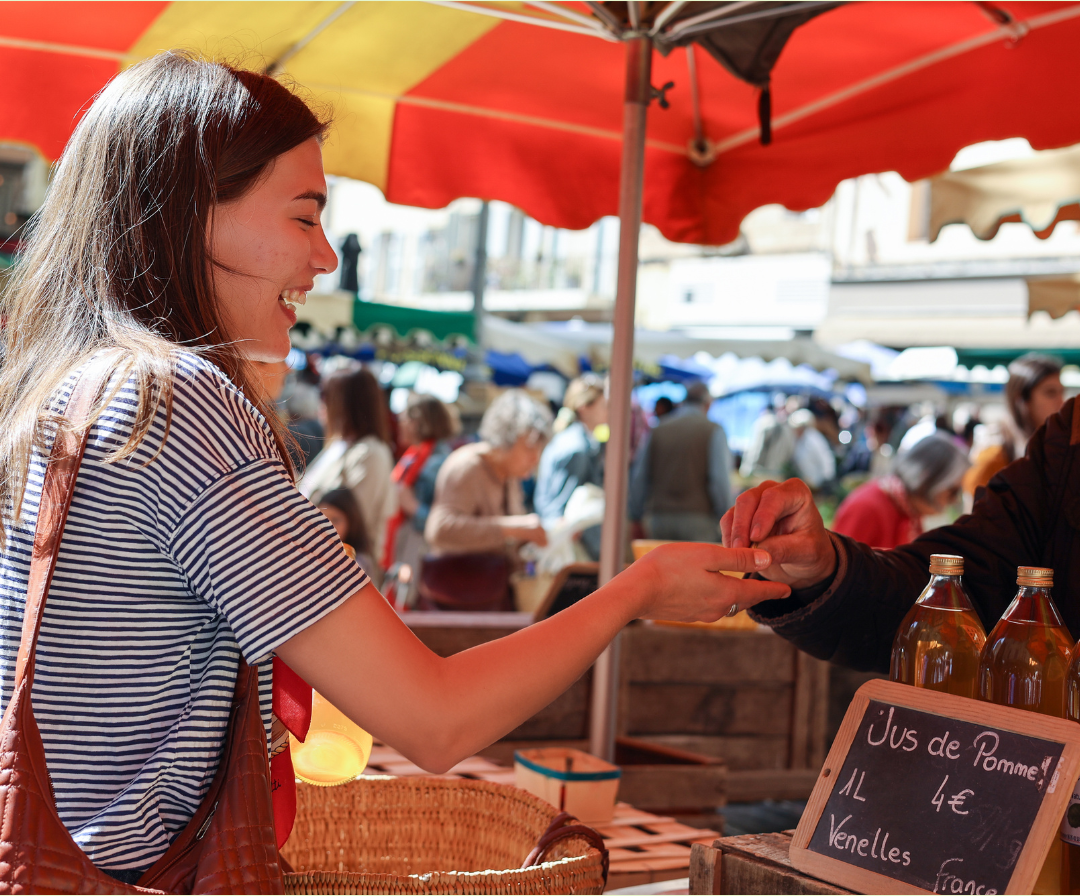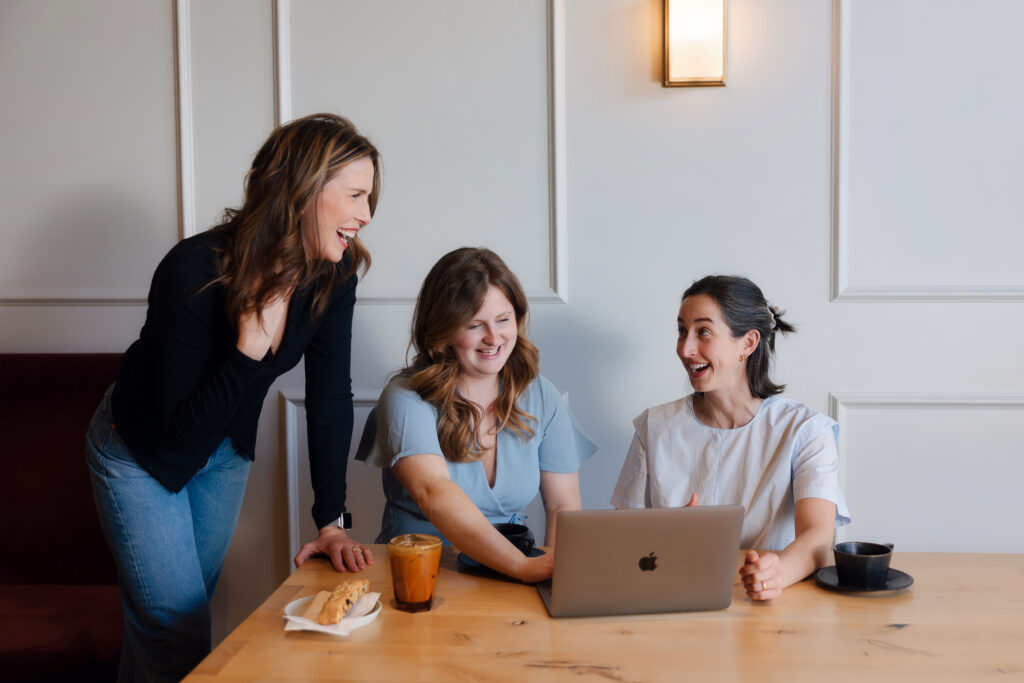


Coffee shops have always been more than a morning stop—they’ve been gathering places, community hubs, and cultural landmarks. Over the past century, their role has evolved from modest cafés to full-blown social ecosystems where people come together to work, meet, create, and caffeinate. And no region has done more to shape that evolution than the Pacific Northwest.
In our corner of the country, coffee isn’t just a beverage. It’s part of our rhythm—both personal and professional. From casual workdays to major company milestones, we’ve built entire experiences around local cafés. They’ve become the place where we meet, connect, plan, and grow.
But long before remote workers and startup founders set up shop at corner tables, coffee culture had already been evolving—shaped by music, movements, and a shared desire to gather.
The Northwest’s obsession with coffee didn’t begin with Starbucks, though that’s certainly where it exploded into the mainstream. In the 1920s, jazz clubs like the Nanking Café in Portland used coffee as fuel for the night. The beatnik boom in the 1950s and the folk revival of the ’60s turned small cafés into artistic incubators. But it was Pike Place Market in Seattle, 1971, where a quiet coffee revolution began—with the opening of the very first Starbucks by Jerry Baldwin, Zev Siegl, and Gordon Bowker.
From that moment, coffee culture entered a new era. By the late 1980s, Starbucks had evolved into an importing and roasting powerhouse, and under Howard Schultz’s leadership, it scaled globally. The American café became a cultural staple: espresso drinks, cozy vibes, third spaces where you could linger without pressure.
This marked coffee’s second wave. Following the mass-market first wave (think Folgers and Maxwell House), and setting the stage for the third wave: artisan coffee with a focus on sourcing, roast profiles, and flavor nuance.

The Pacific Northwest doesn’t grow coffee beans, but it’s played a massive role in defining what coffee means. Cities like Portland and Seattle became the global image of modern coffee culture: cold brew on tap, latte art competitions, and menus filled with single-origin, ethically sourced options. These shops created ecosystems rooted in care, creativity, and intentionality.
Beyond culture, coffee shops have quietly become business incubators. They host interviews, business meetings, networking meetups, and planning sessions. They’re where ideas get pitched, deals are made, and content gets created.
Our team knows this first-hand.
Some of our best meet ups have taken place in the corners of local cafés. We’ve held team meetings around family sized tables, reviewed branding strategy over lattes, and shot company photos in beautifully lit coffee spaces that just felt right. One of our favorite rituals is swapping a typical work-from-home day for a “work from Nekar” day—because being surrounded by creativity (and good coffee) shifts the energy.

Cafés make space for focus and collaboration at the same time. They’re not empty like boardrooms or static like home offices. There’s an energy in a coffee shop—an openness that invites you to think bigger and work smarter. These shops have created an environment that has shifted the definition of working out of office, and if you take a look around next time you grab a coffee you will count more open laptops than bare tables.
Coffee culture is still evolving. While there’s no official “fourth wave” yet, the signs are emerging: a focus on equity, sustainability, inclusivity, and community-first business models.
Cafés are asking bigger questions: Who gets to be represented in coffee culture? How do we celebrate the global communities that produce these beans? How can we make these spaces more accessible, diverse, and authentic?
The pandemic reshaped much of how we work, and coffee shops rose to meet the challenge, offering faster Wi-Fi, reimagined layouts, and more meaningful connections in a disconnected time. Now, they’re not just adapting; they’re leading.
In the Pacific Northwest, the next wave of coffee won’t be about bigger chains or better apps. It’ll be about going local—intentionally. About knowing your roaster, supporting the people behind the counter, and choosing spaces that reflect the communities they serve.